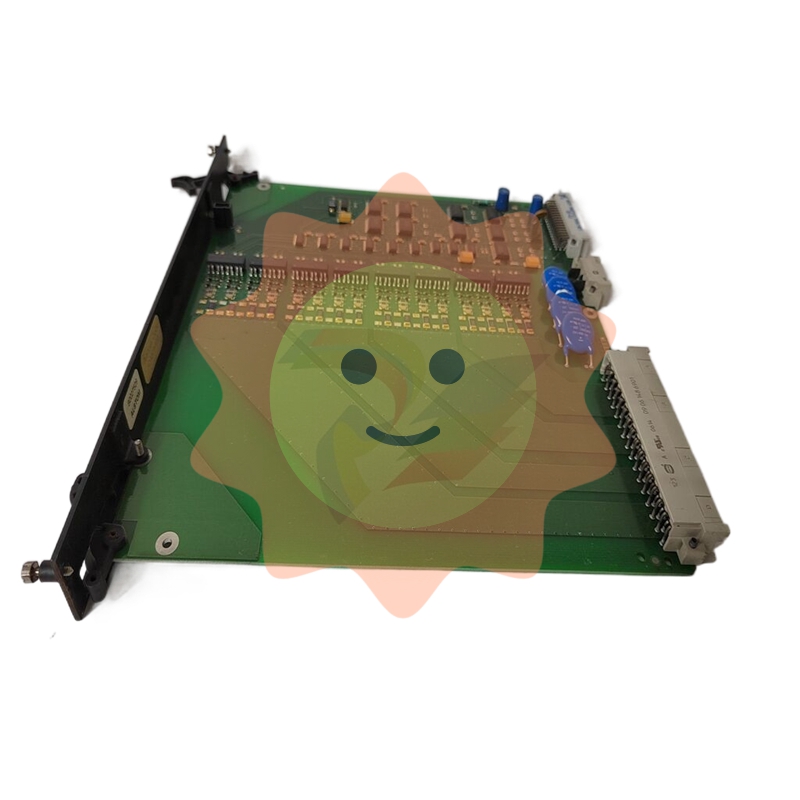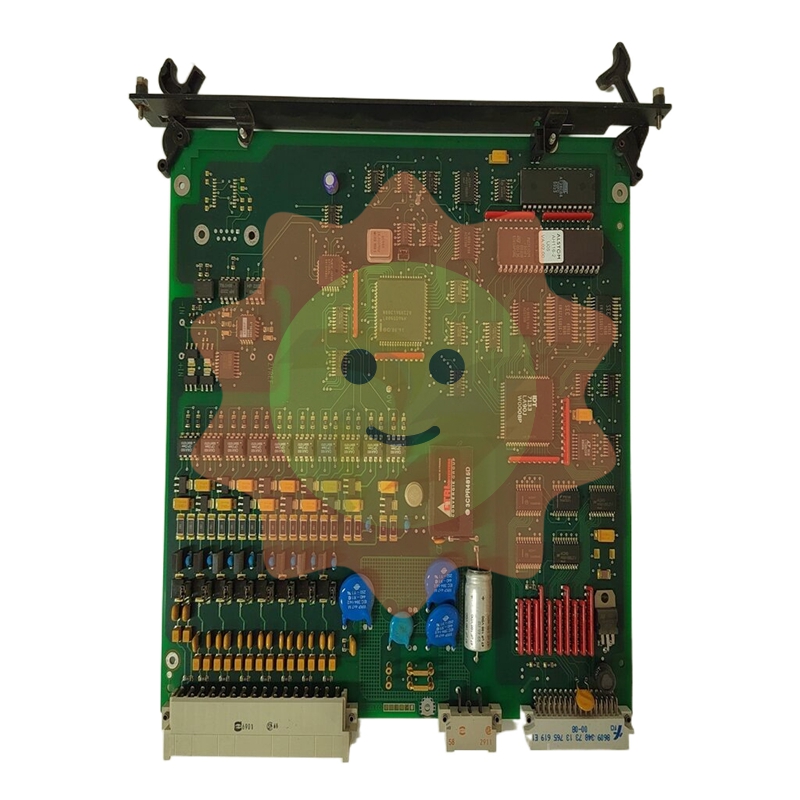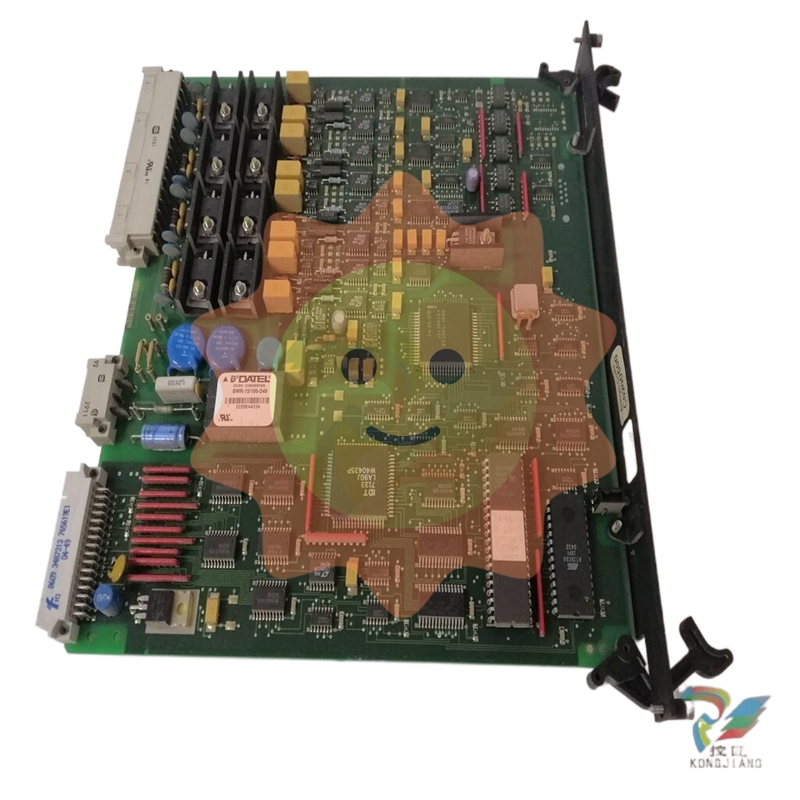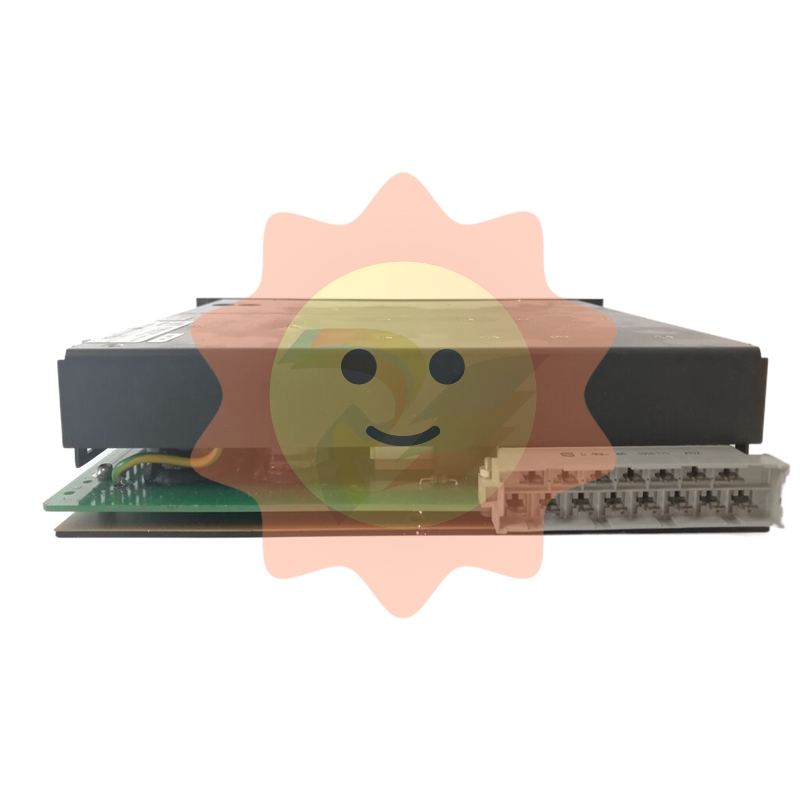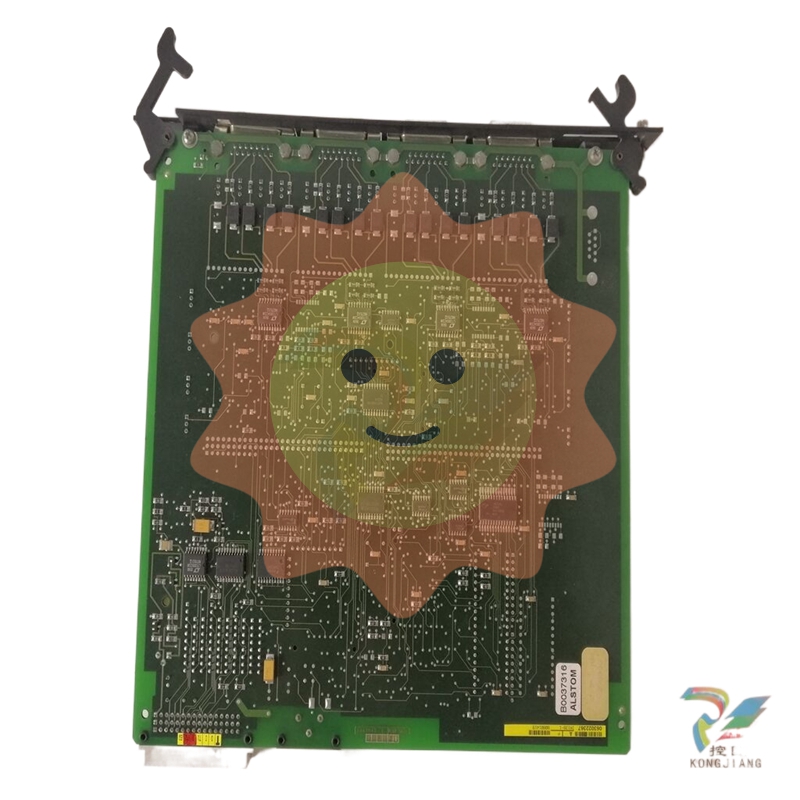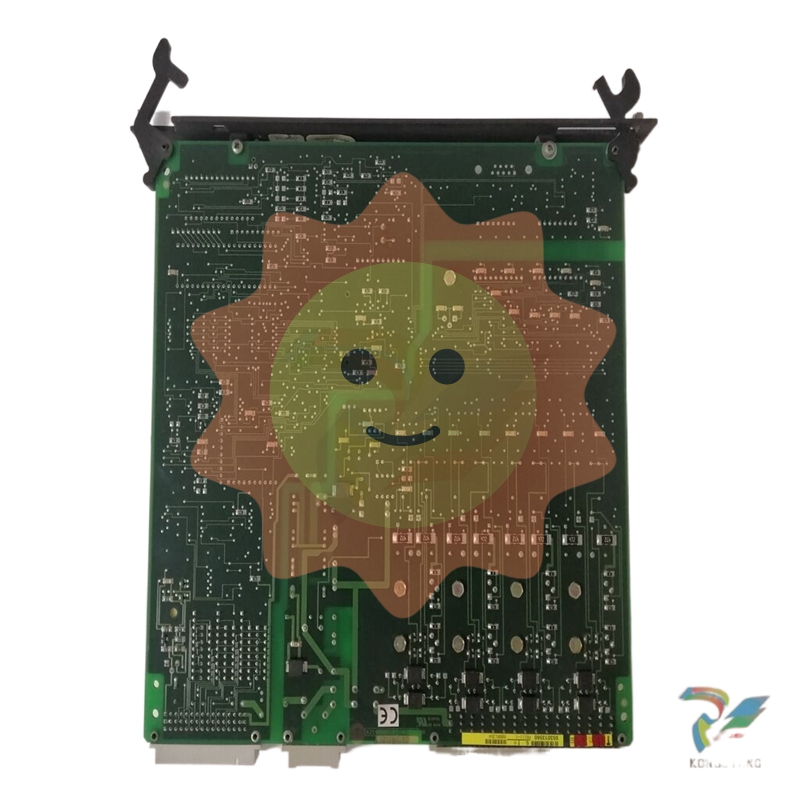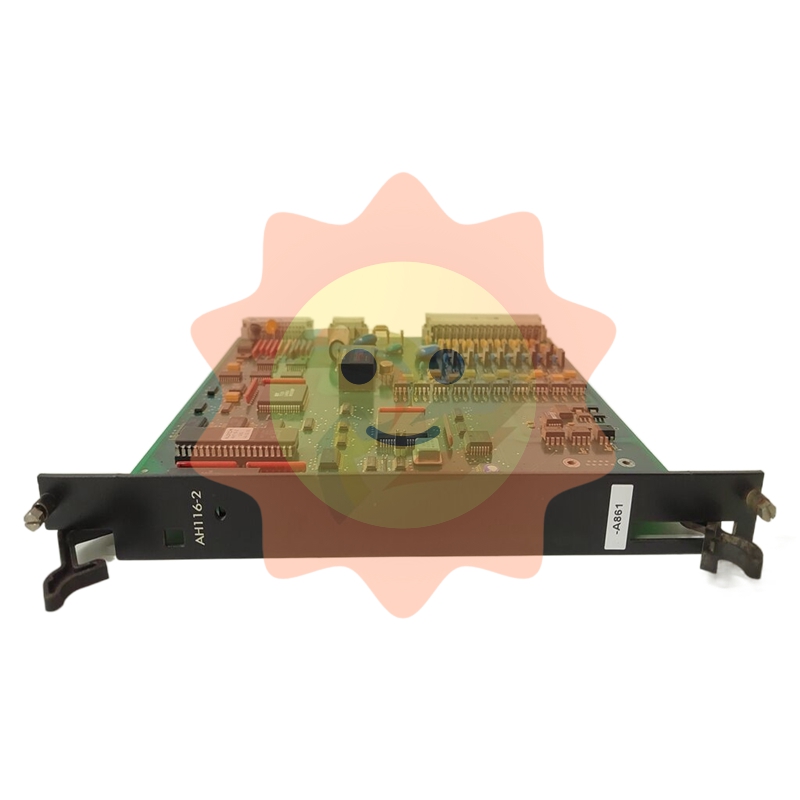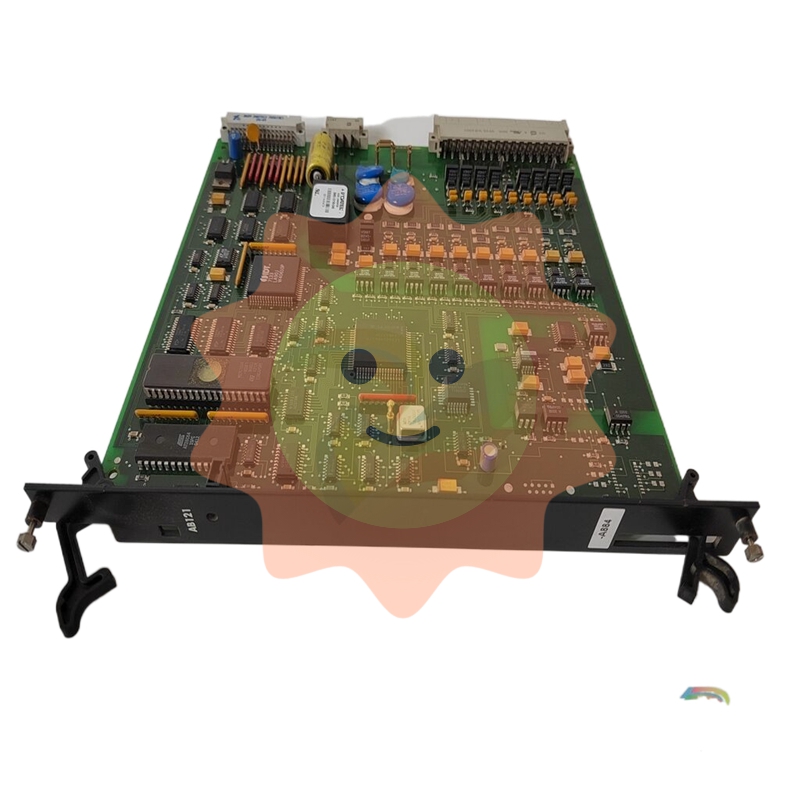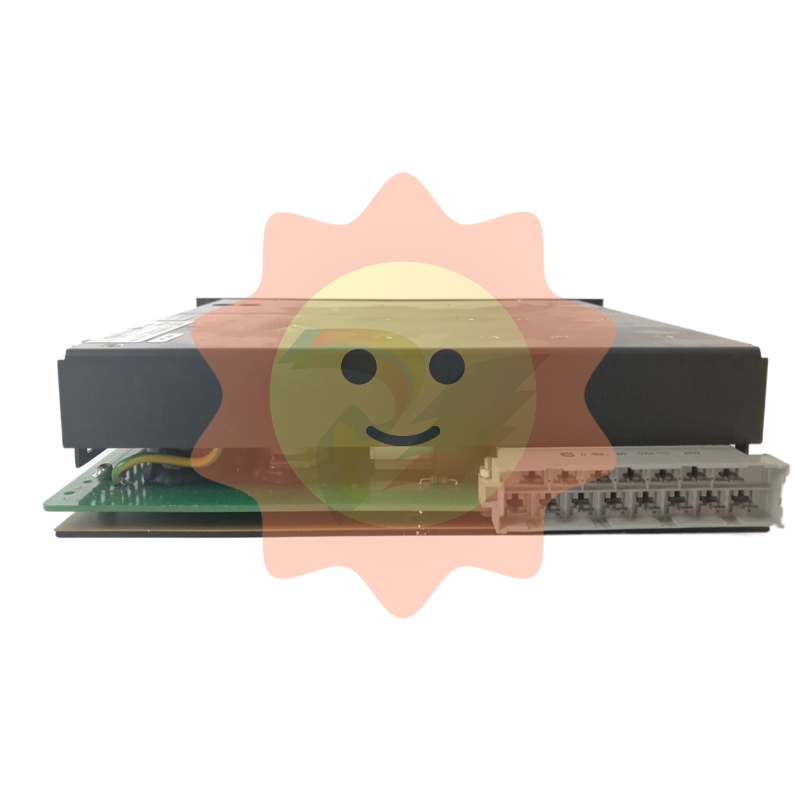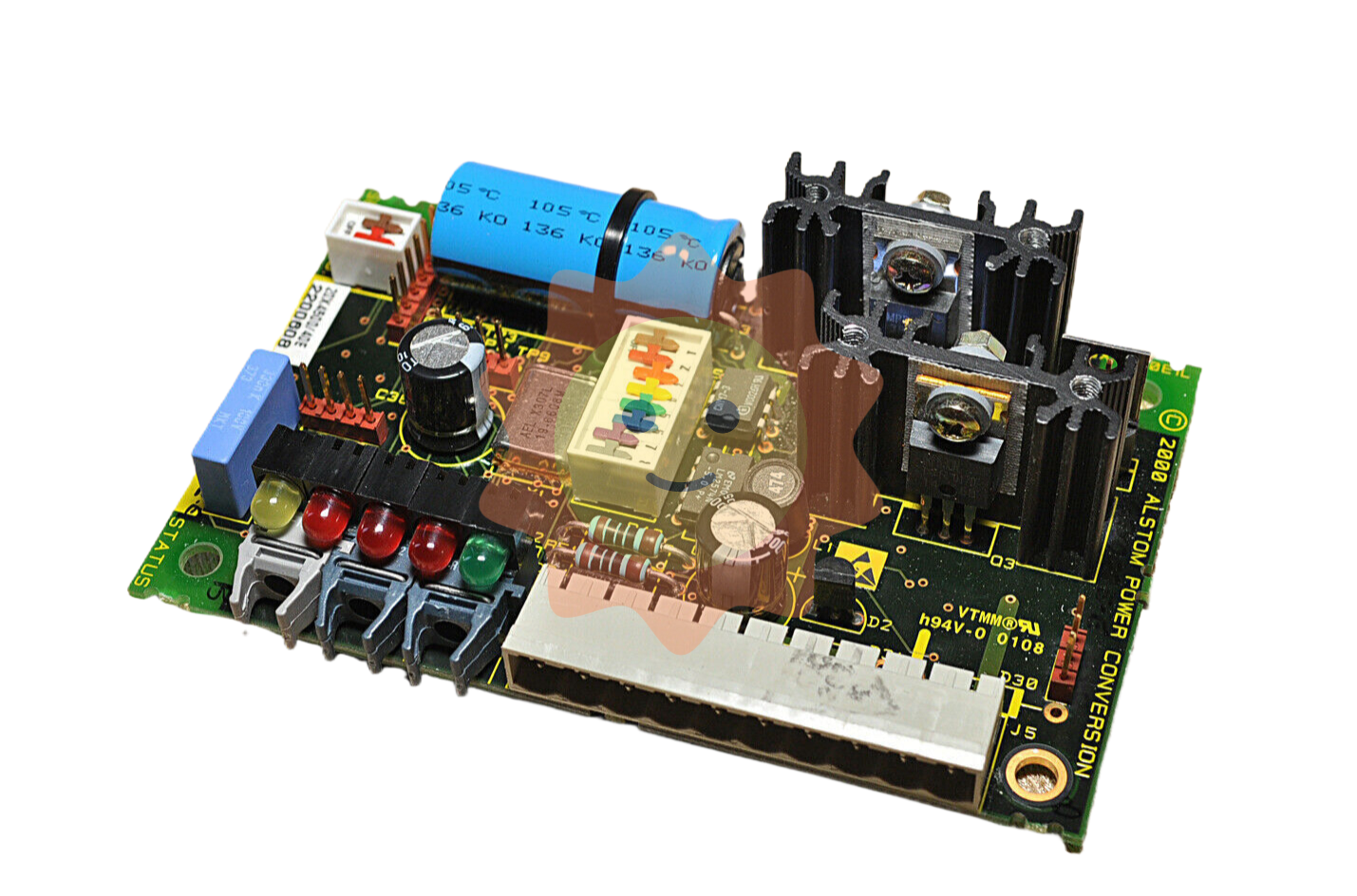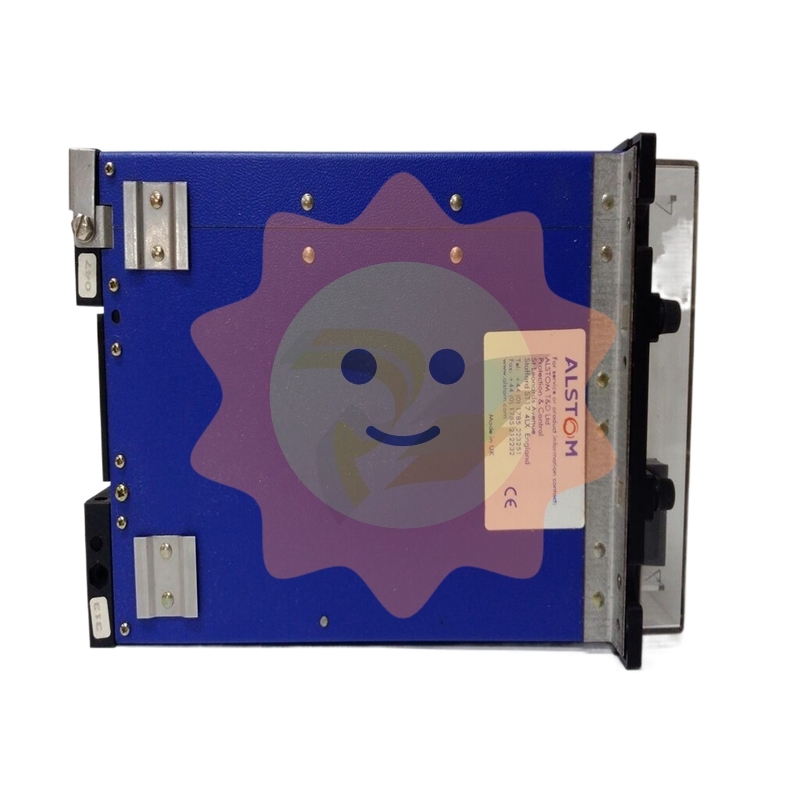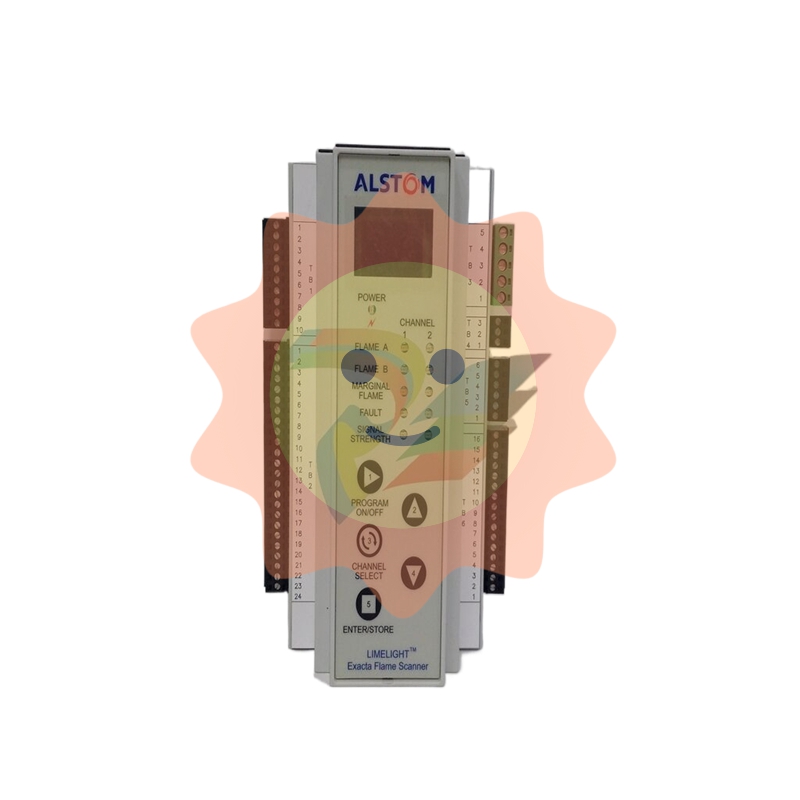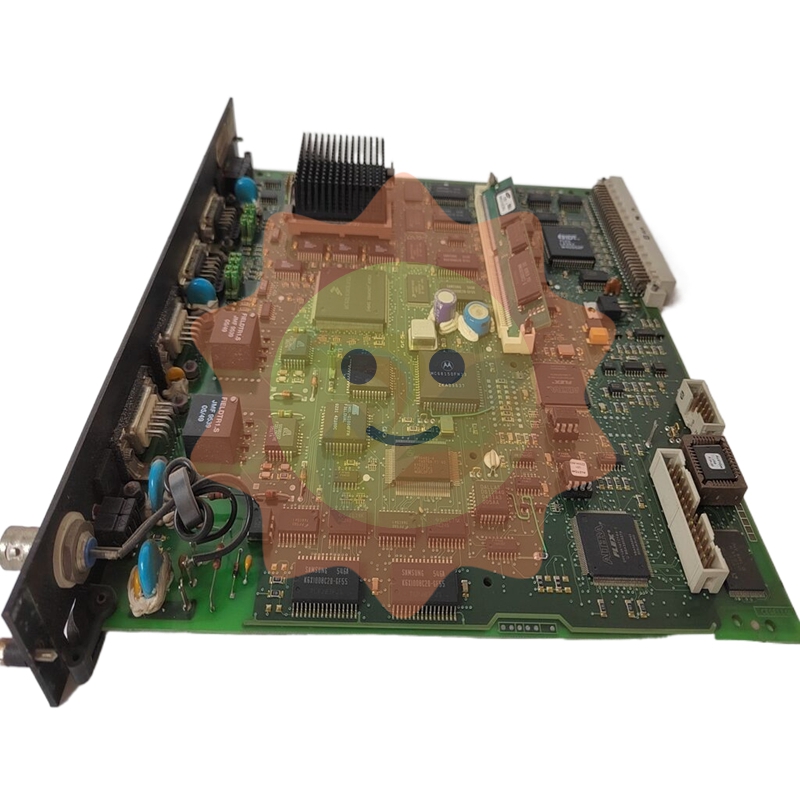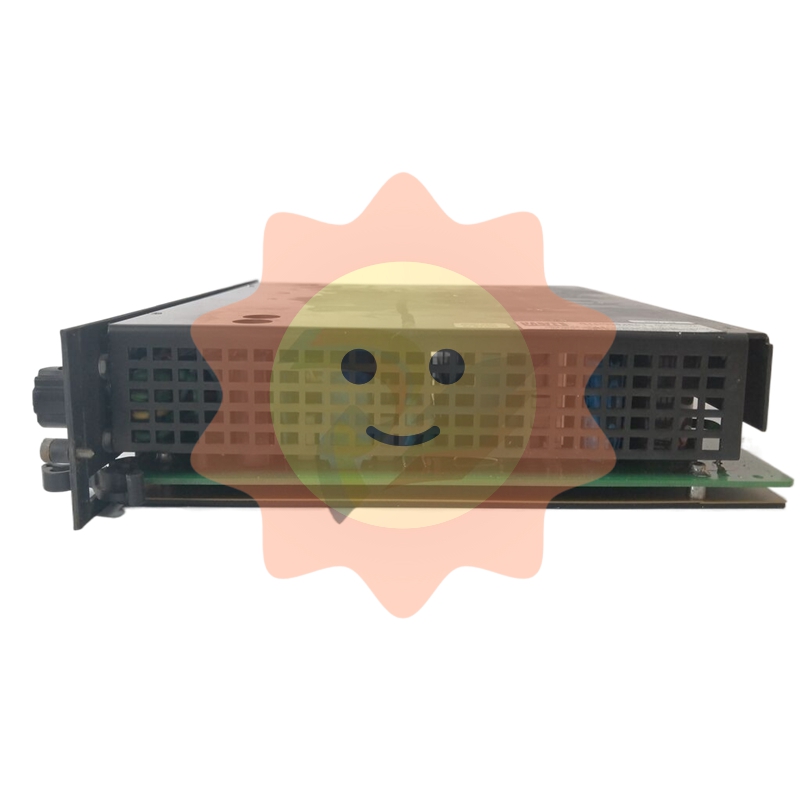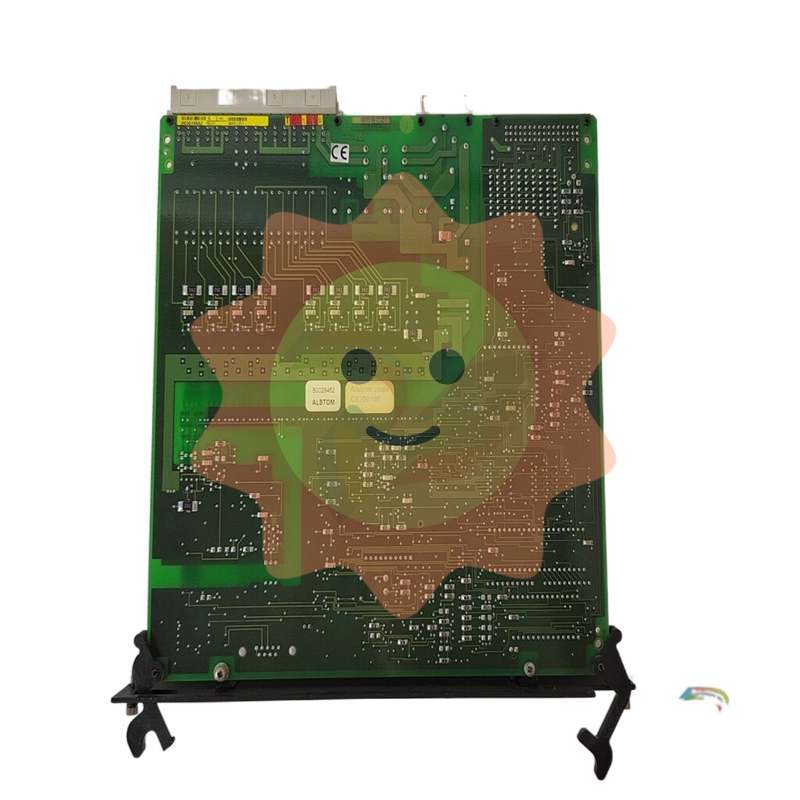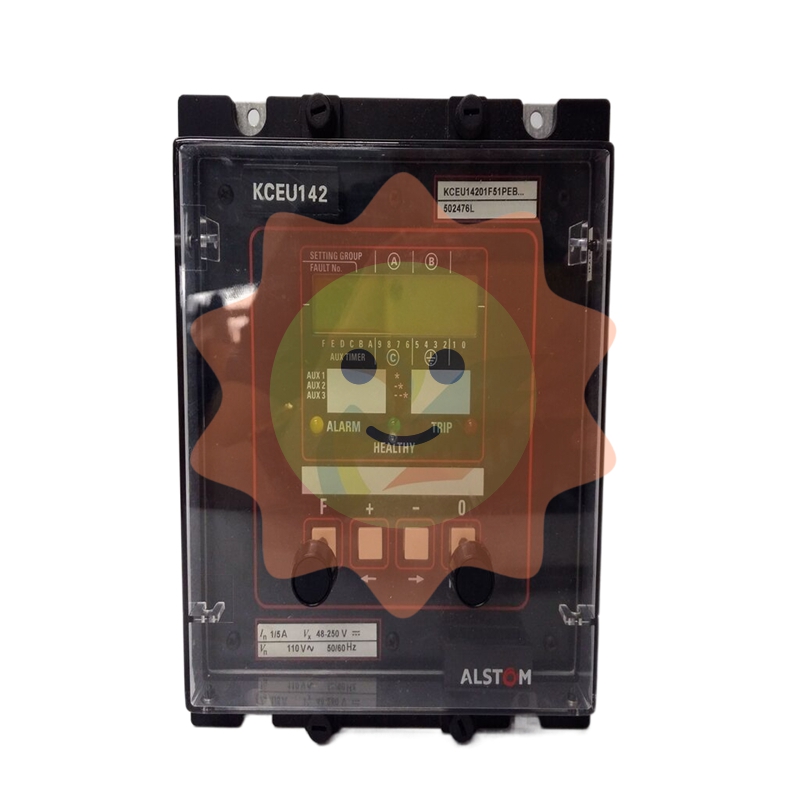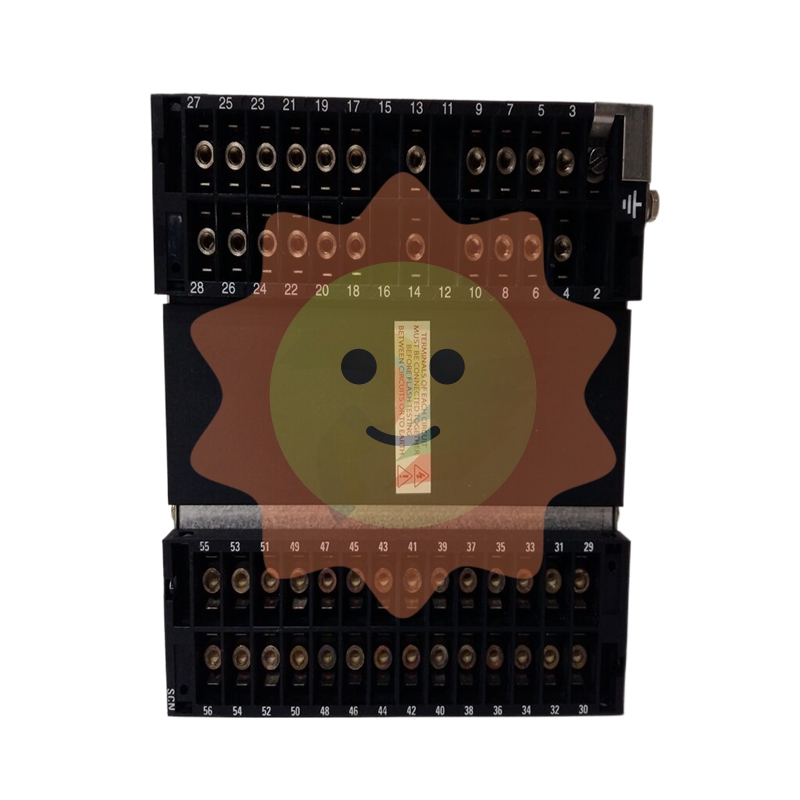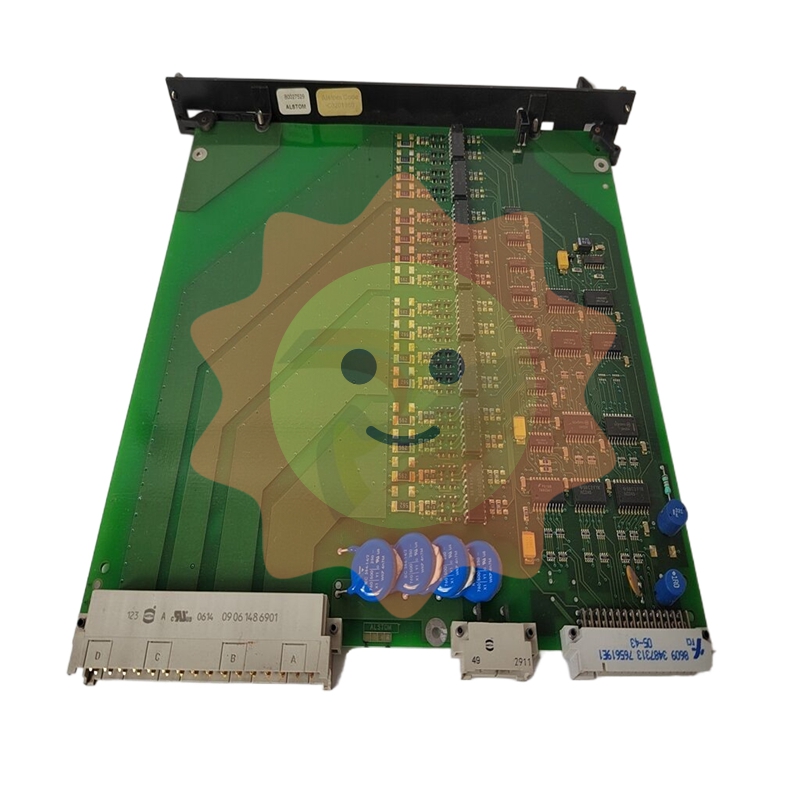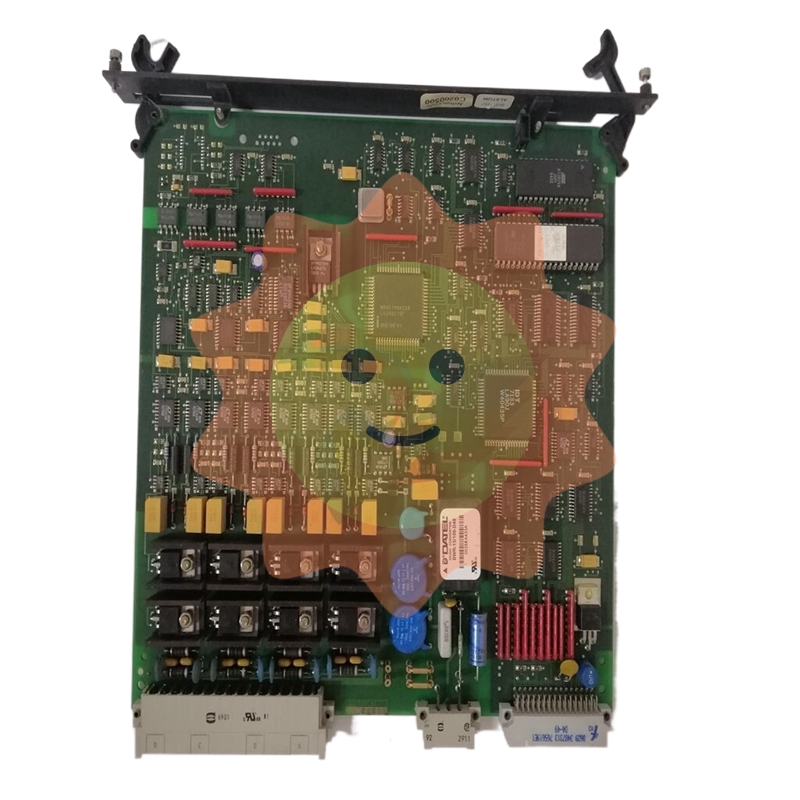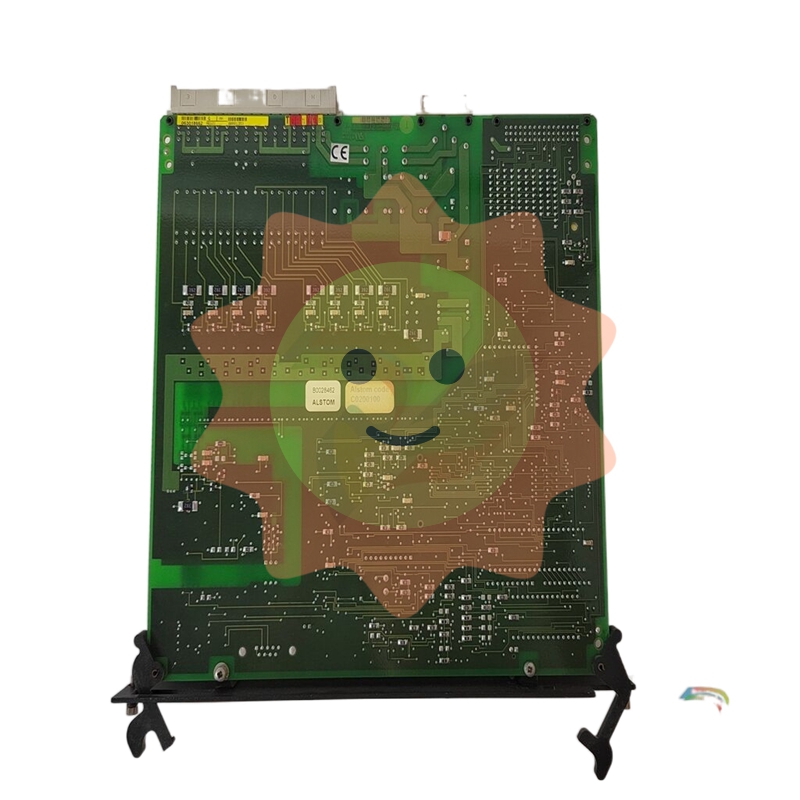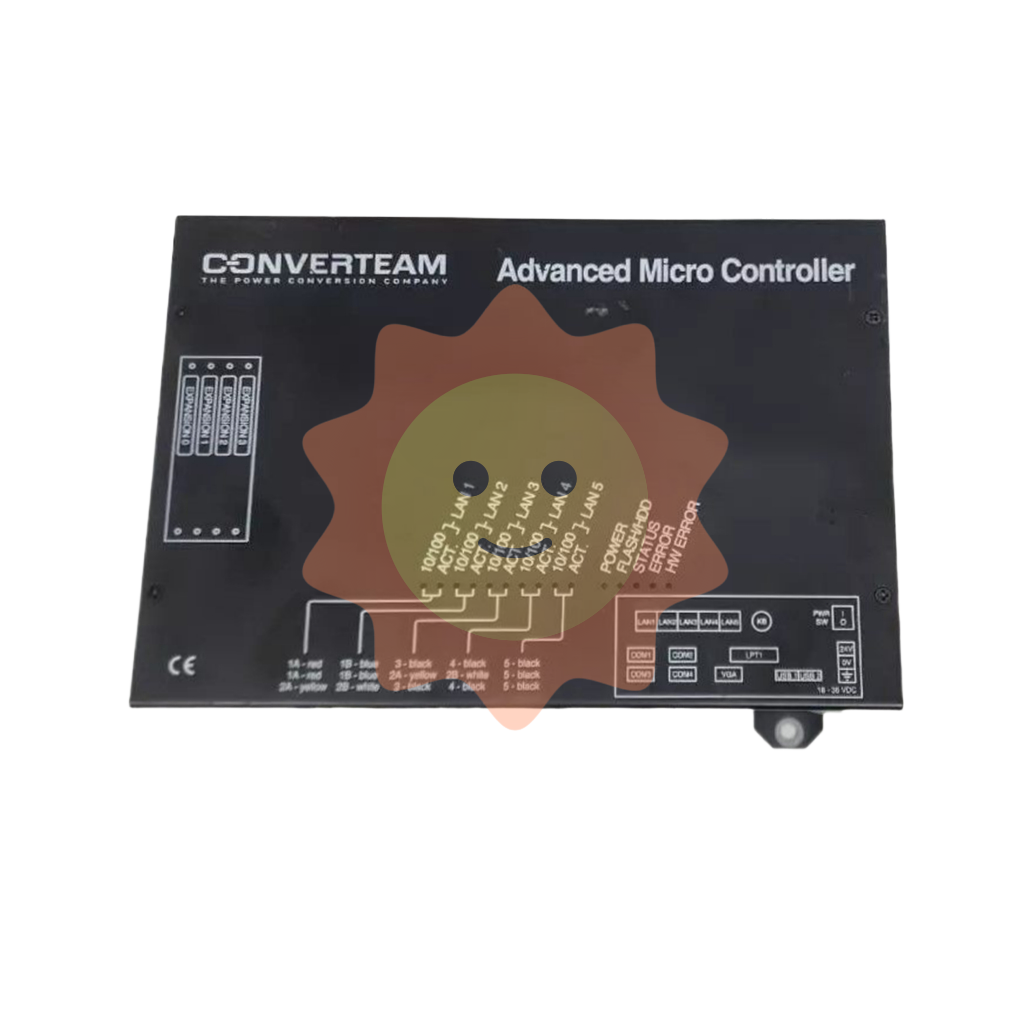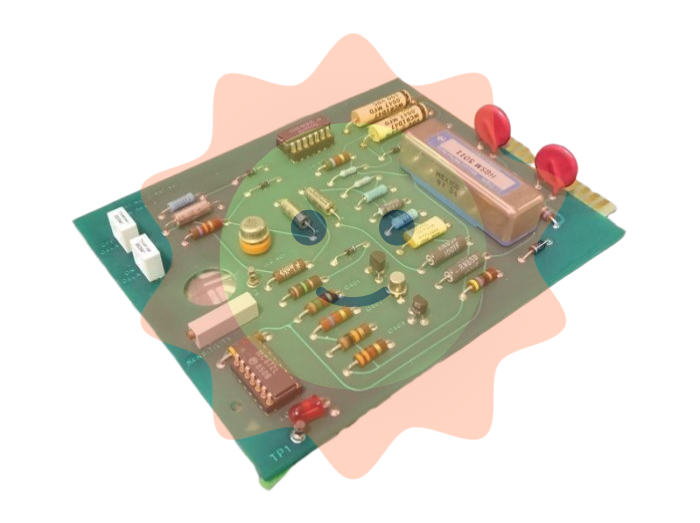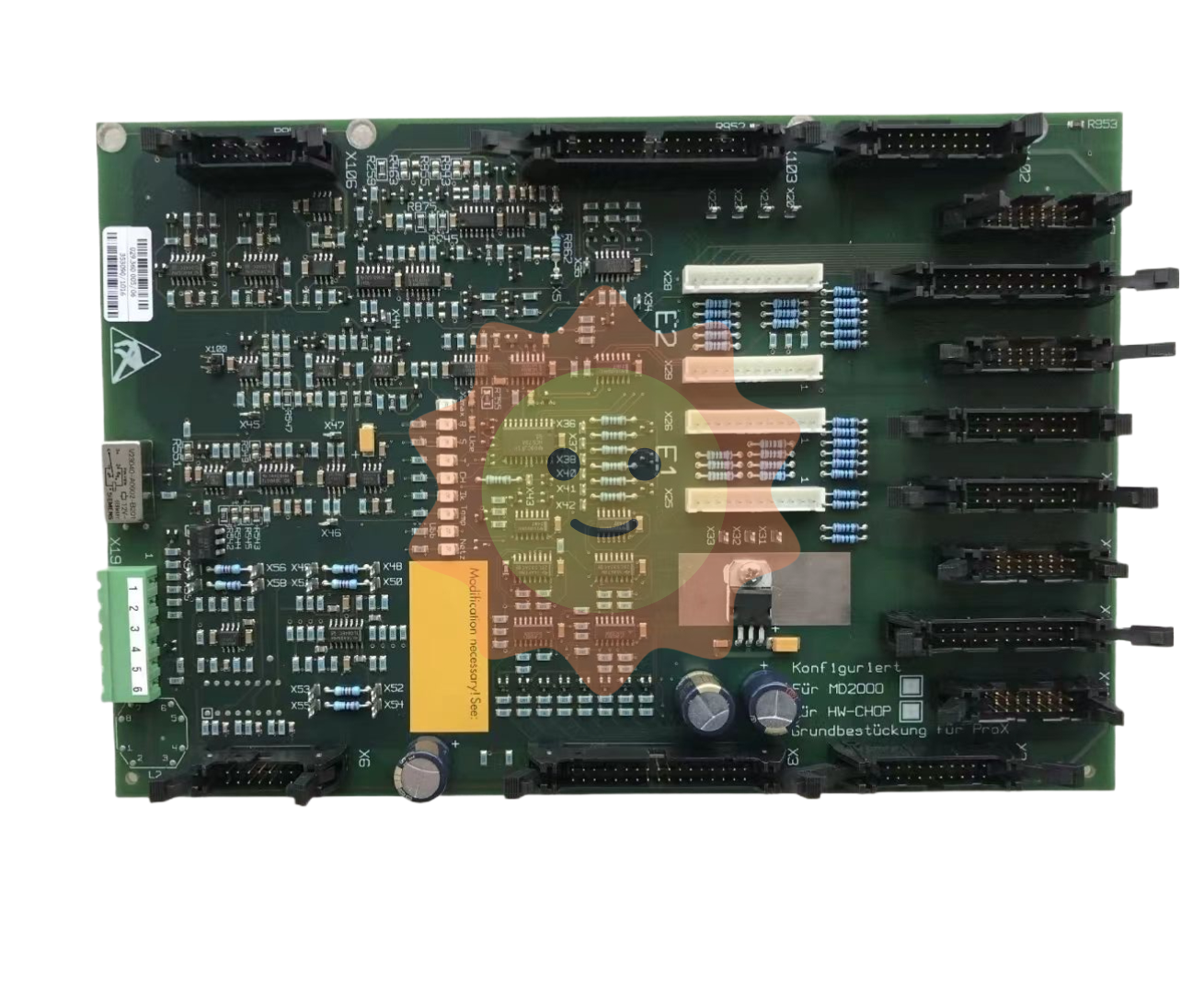A brief history of water treatment technology - Zero discharge
In the early 1970s, RCC researchers added a large number of calcium sulfate particles, with a particle size of tens of microns, to the wastewater evaporator, which formed a solid-liquid slurry with brine, and then entered the inner wall of the vertical heat exchange tube to achieve falling film evaporation. This is known as the Seeded Slurry Process. The crystal seed evaporator changes the precipitation position of calcium sulfate and other low solubility salts in the concentrated brine, so that the crystallization process preferentially occurs on the surface of suspended calcium sulfate particles, rather than the surface of the heat exchange tube, thus skillfully solving the problem of scale formation on the surface of the heat exchange tube.
At the same time, the aviation titanium material has also been used to manufacture the heat exchange tube of the wastewater evaporator, which effectively solves the problem of chloride ion corrosion; The mechanical steam compression (MVR) process has also been applied, which significantly reduces the absolute energy consumption of the evaporator and facilitates the use of electrical energy by users such as power plants. At this point, the crystal seed method MVR evaporator using titanium heat exchange tube has become the core of the first generation of zero emission treatment technology. To this day, MVR titanium tube evaporators are still standard for almost all zero-emission processes.

Evaporation ponds are an ancient technique that mimics natural processes. Because it is more limited by climatic conditions, it is subsequently replaced by spray dryers in some projects. In 1981, the Gainesville power plant in Florida was built with a zero-emission system that included a spray dryer behind the evaporator. However, the spray dryer needs to consume a large amount of hot air, the absolute energy consumption is extremely high, and the processing scale is limited, so it is gradually replaced by a forced circulation crystallizer with higher efficiency and greater operating flexibility. In this way, the combination of evaporator and crystallizer has gradually become synonymous with zero emission systems.
The third part is the development of membrane concentration technology
In the mid-late 1980s, reverse osmosis and electrodialysis desalination technology gradually matured and began to be used in the field of wastewater treatment and reuse. With the increase of application experience, people began to consider the use of reverse osmosis and electrodialysis in the evaporator before the initial concentration of wastewater, so as to reduce the treatment load of the evaporator. This is membrane concentration. Today, the advancement of membrane concentration technology largely determines the level of zero-emission technology. In 1991, the Doswell power plant in Virginia was commissioned with a zero emission system. The system reduces 56.8 t/h of wastewater to 20.2 t/h through tandem reverse electrode electrodialysis and reverse osmosis units (recovery rates of 85% and 75%, respectively) before feeding it into the evaporator and crystallizer, effectively reducing the overall investment and operating costs of the zero-emission process.
When reverse osmosis membrane concentration is used in zero emission process, the main goal of technological progress is to continuously increase the recovery rate. This consists of two phases, mainly relying on increased pretreatment levels to improve recovery before osmotic pressure becomes a limiting factor; After osmotic pressure becomes a limiting factor, the limit of osmotic pressure can be broken mainly by increasing the operating pressure or adjusting the retention characteristics of the membrane.
In 1996-1997, IndiAn-American engineer Debasish Mukhopadhyay proposed a combined reverse osmosis process characterized by ion exchange dehardening and high pH RO operation (pH>8.5). Deb has applied for a patent as the sole inventor and patentee (US5,925,255). This is the High Efficiency Reverse osmosis (HERO) process.
At the beginning of the HERO process, it was mainly used for ultra-pure water preparation projects. Through the ionization of silica at high pH values, the HERO process improves the silicon retention rate of the reverse osmosis membrane while having a higher system water recovery rate. HERO rose to prominence when Aquac used it as its main membrane concentration process for zero-emission projects. Interestingly, Texaco also filed a patent (US5,250,185) in 1992 for a combined reverse osmosis with the main features of de-hardening and high pH RO operation (pH>9.5). The combined process was initially used to remove boron from oil field production water. Veolia later bought an exclusive license to the patent and based on it launched the so-called Optimized Pretreatment and Unique Separation (OPUS) process as its main film concentration process in zero-emission projects.
As two patented membrane concentration processes, OPUS and HERO share some similarities in technical characteristics. This led to some patent disputes between them later. It is undeniable that some technical ideas in these two combined membrane concentration processes have promoted the progress of conventional membrane concentration processes, and the design of complete softening, multi-stage thickening, and interstage softening has gradually become the mainstream membrane thickening processes in the industry.
- EMERSON
- Honeywell
- CTI
- Rolls-Royce
- General Electric
- Woodward
- Yaskawa
- xYCOM
- Motorola
- Siemens
- Rockwell
- ABB
- B&R
- HIMA
- Construction site
- electricity
- Automobile market
- PLC
- DCS
- Motor drivers
- VSD
- Implications
- cement
- CO2
- CEM
- methane
- Artificial intelligence
- Titanic
- Solar energy
- Hydrogen fuel cell
- Hydrogen and fuel cells
- Hydrogen and oxygen fuel cells
- tyre
- Chemical fiber
- dynamo
- corpuscle
- Pulp and paper
- printing
- fossil
- FANUC
- Food and beverage
- Life science
- Sewage treatment
- Personal care
- electricity
- boats
- infrastructure
- Automobile industry
- metallurgy
- Nuclear power generation
- Geothermal power generation
- Water and wastewater
- Infrastructure construction
- Mine hazard
- steel
- papermaking
- Natural gas industry
- Infrastructure construction
- Power and energy
- Rubber and plastic
- Renewable energy
- pharmacy
- mining
- Plastic industry
- Schneider
- Kongsberg
- NI
- Wind energy
- International petroleum
- International new energy network
- gas
- WATLOW
- ProSoft
- SEW
- wind
- ADVANCED
- Reliance
- YOKOGAWA
- TRICONEX
- FOXBORO
- METSO
- MAN
- Advantest
- ADVANCED
- ALSTOM
- Control Wave
- AB
- AMAT
- STUDER
- KONGSBERG
- MOTOROLA
- DANAHER MOTION
- Bentley
- Galil
- EATON
- MOLEX
- Triconex
- DEIF
- B&W


email:1583694102@qq.com
wang@kongjiangauto.com

